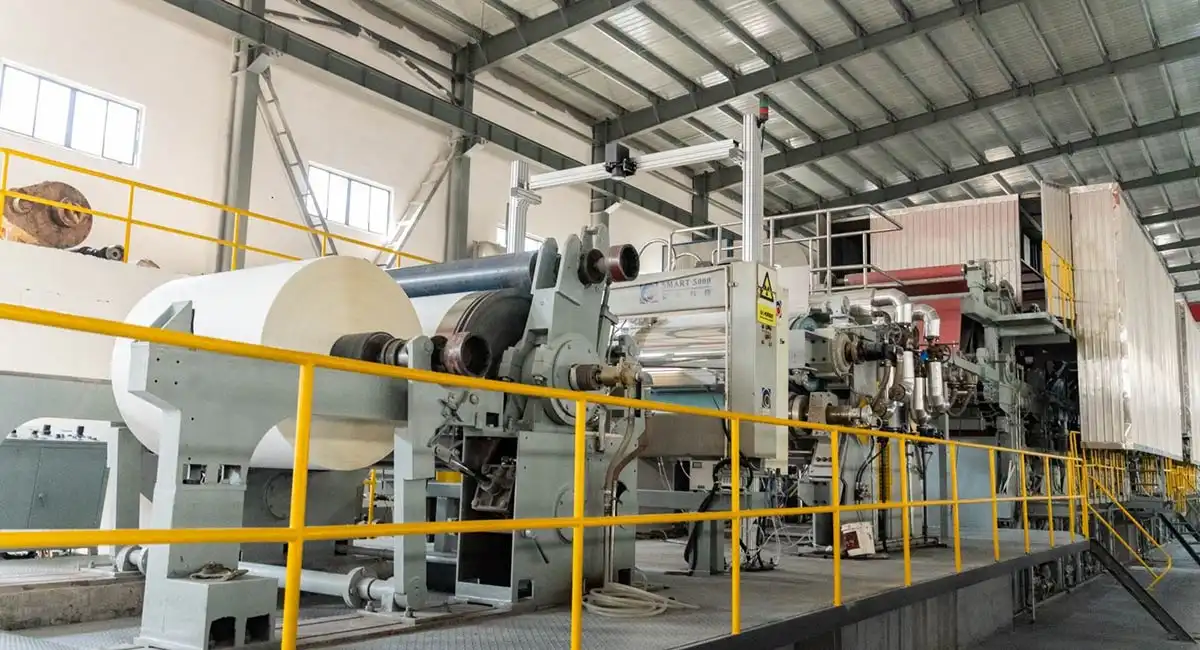Decorative base paper, an essential component in products like wallpapers, packaging, and laminates, has a significant role in our daily lives. However, its production process harbors various environmental impacts, often overlooked in the shadow of its utility and aesthetic value.
Deforestation and Habitat Loss
The journey of decorative base paper begins in the forest. The primary raw material, wood pulp, necessitates extensive tree harvesting. According to the World Wildlife Fund, the paper industry is a major driver of deforestation, contributing to approximately 40% of all industrial wood traded globally. This deforestation leads to habitat loss, threatening the survival of countless species and disrupting ecosystems. The loss of forests also impacts climate change, as trees play a crucial role in carbon sequestration.
Energy Consumption and Emissions
Transitioning from the forest to the mill, the production of base paper is energy-intensive. The International Energy Agency reports that the paper and pulp industry is responsible for around 2% of the world’s total industrial energy consumption. This energy is predominantly sourced from fossil fuels, leading to substantial greenhouse gas emissions. The emissions not only contribute to global warming but also exacerbate air pollution, impacting both environmental and human health.
Chemical Use and Pollution
Decorative papers often undergo processes like bleaching and dyeing, requiring a plethora of chemicals. These include chlorine compounds for bleaching and various dyes and inks for patterns and colors. Improper handling and disposal of these chemicals can result in water and soil contamination. The contamination poses a threat to aquatic life and can infiltrate drinking water sources, posing health risks to humans.
Water Usage and Pollution
The paper industry is also one of the largest consumers of water. According to the Water Footprint Network, it takes approximately 10 liters of water to produce a single A4 sheet of paper. The wastewater from paper mills, laden with chemicals and organic matter, can severely impact the quality of local water bodies if not treated properly, leading to the destruction of aquatic ecosystems and affecting the availability of clean water.
Waste Generation
During production, waste is generated in various forms, including processing sludge and paper off-cuts. Inefficient disposal or recycling of this waste contributes to landfill overcrowding and environmental pollution. The paper industry’s waste management practices have been under scrutiny, with calls for more sustainable and circular waste management solutions.
Transportation
Finally, the transportation of raw materials to manufacturing sites and the distribution of the finished product contributes to the industry’s carbon footprint. The logistics involved in the paper industry are substantial, adding to the overall environmental impact through greenhouse gas emissions and fossil fuel consumption.
To mitigate these impacts, many companies are adopting sustainable practices like using recycled materials, implementing energy-efficient processes, and ensuring proper waste management. Additionally, certifications like FSC (Forest Stewardship Council) ensure that the wood pulp is sourced from responsibly managed forests.
Awareness and regulations play a crucial role in ensuring that the decorative base paper industry moves towards more environmentally friendly practices.

